Clockworks
Study
2010
– 2013
Study 1
33/3
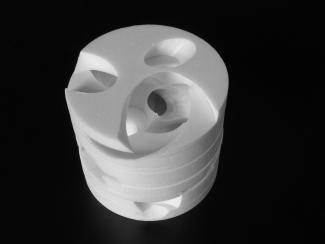
Clockworks
Studie 1
© TWA
1/1
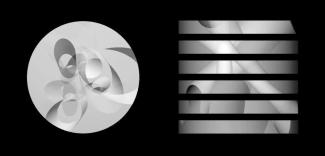
Clockworks
Studie 1
V2 2
© TWA
1/1
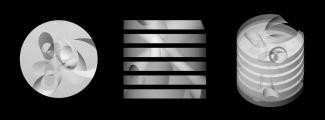
Clockworks
Studie 1
V2 3
© TWA
1/1
Study 2
43/4
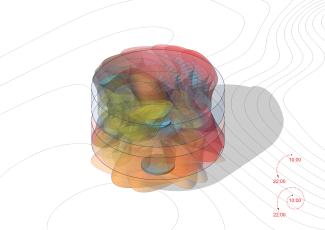
Axonometric projection: composite movement - a time span of 12 hours. The slightly different rotational speeds of the lower and upper discs produce continuous permutations of space.
Axonometrie: zusammengesetzte Bewegung - Zeitspanne 12 Stunden. Die leicht unterschiedlichen Drehgeschwindigkeiten der unteren und oberen Scheibe erzeugen einen sich kontinuierlich wandelnden Raum.
© TWA
1/1
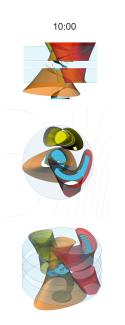
Positions of upper and lower discs at 10 am
Position der oberen und unteren Scheibe um 10 Uhr
© TWA
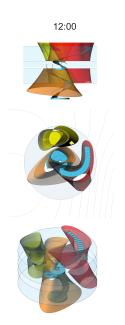
Positions of upper and lower discs at 12 o'clock
Position der oberen und unteren Scheibe um 12 Uhr
© TWA
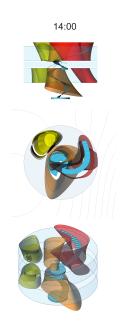
Positions of upper and lower discs at 2 pm
Position der oberen und unteren Scheibe um 14 Uhr
© TWA
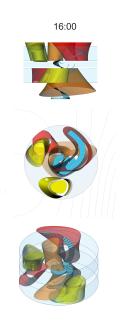
Positions of upper and lower discs at 4 pm
Position der oberen und unteren Scheibe um 16 Uhr
© TWA
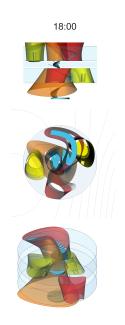
Positions of upper and lower discs at 6 pm
Position der oberen und unteren Scheibe um 18 Uhr
© TWA
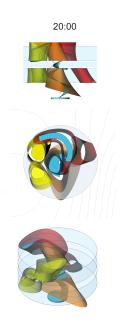
Positions of upper and lower discs at 8 pm
Position der oberen und unteren Scheibe um 20 Uhr
© TWA
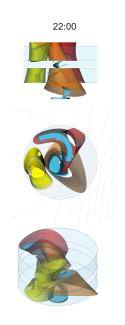
Positions of upper and lower discs at 10 pm
Position der oberen und unteren Scheibe um 22 Uhr
© TWA
1/7
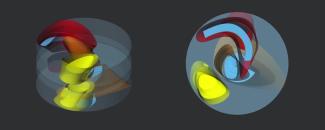
Clockworks
Studie 2
© TWA
1/1
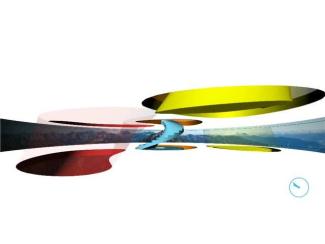
Clockworks
Studie 2
© TWA
1/1
Click & drag to move images
Scroll to zoom images